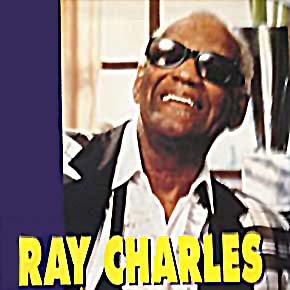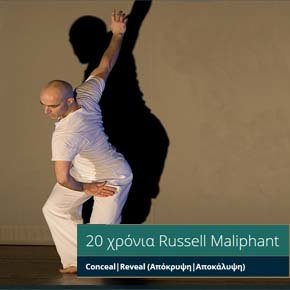Roberto Benigni - «Divine Comedy»









He invaded our hearts in 1997 and won us over, playing Guido, a careless Hebrew accountant who faces life with a great sense of humour, like a fairytale, in German invaded Italy. He shook us to the core with his performance and moved us with his sensitivity, proclaiming almost disarmingly that after all
“Life is Beautiful” (“La vita e bella”)..
We are talking about Roberto Begnini, one of the greatest comedians, honoured with an Academy Award for the move “Life is Beautiful”, who presented Dante’s “Divine Comedy” in a world tour (with a show called “Inferno e Paradiso” – “Hell and Paradise”), the greatest Italian epic poem and one of the most important works of world literature.
His restlessness, his incomparable talent, the plethora of means of expression he uses, his lyricism and his sensitivity, his acting proficiency, his aura of joy, laughter and love which he transfers to his audiences, makes Robert Begnini the ideal performer for this mystic text.
The famous Italian actor – director with his inventive prologue and the universal language of his improvisations, gives to the “Divine Comedy” ease of access, bringing it closer to the spectator, in a package of a true show of high aesthetic value.
Dante’s Divine Comedy was written during 1308 – 1321.
The original title of the piece was “Comedy”, while the term “Divine” was added later on by Boccaccio, in 1555.
The piece is divided in three parts: Hell, Purgatory and Paradise, each consisting of 33 odes (cantos). The number three is dominant throughout the whole poem and its use is not random. The odes are also written in Hendecasyllable meter, while each of the three parts ends with the word “stars”.
Dante, in his Divine Comedy, describes from a first-person perspective, an imaginary trip to Hades which starts on the Good Friday of 1300, on April 8th.
He presents it incredibly realistically, using a plethora of elements and details.
The times, places and travel log of the narrator are recorded with mathematic precision. During his passage from Hell and Purgatory, the poet is accompanied by his teacher, Virgil, while during his passage from Paradise by Beatrice, a character which represents the female ideal according to Dante and is most probably based on Beatrice Portinari, an actual person in his life.
According to his description, Hades has the shape of an upside-down funnel, with its wide, open end being under Jerusalem and its pointy end in the centre of the Earth.
Hell consists of nine cycles, which get increasingly narrower as one makes his way down.
Each cycle of Hades corresponds to specific sins, that get graver, just like the corresponding punishments that are being imposed.
Dante, according to Aristotle’s philosophy about ethics and virtue, classifies sins in acts of incontiness, like lust, gluttony, greed, and acts of wickedness or violence.


















